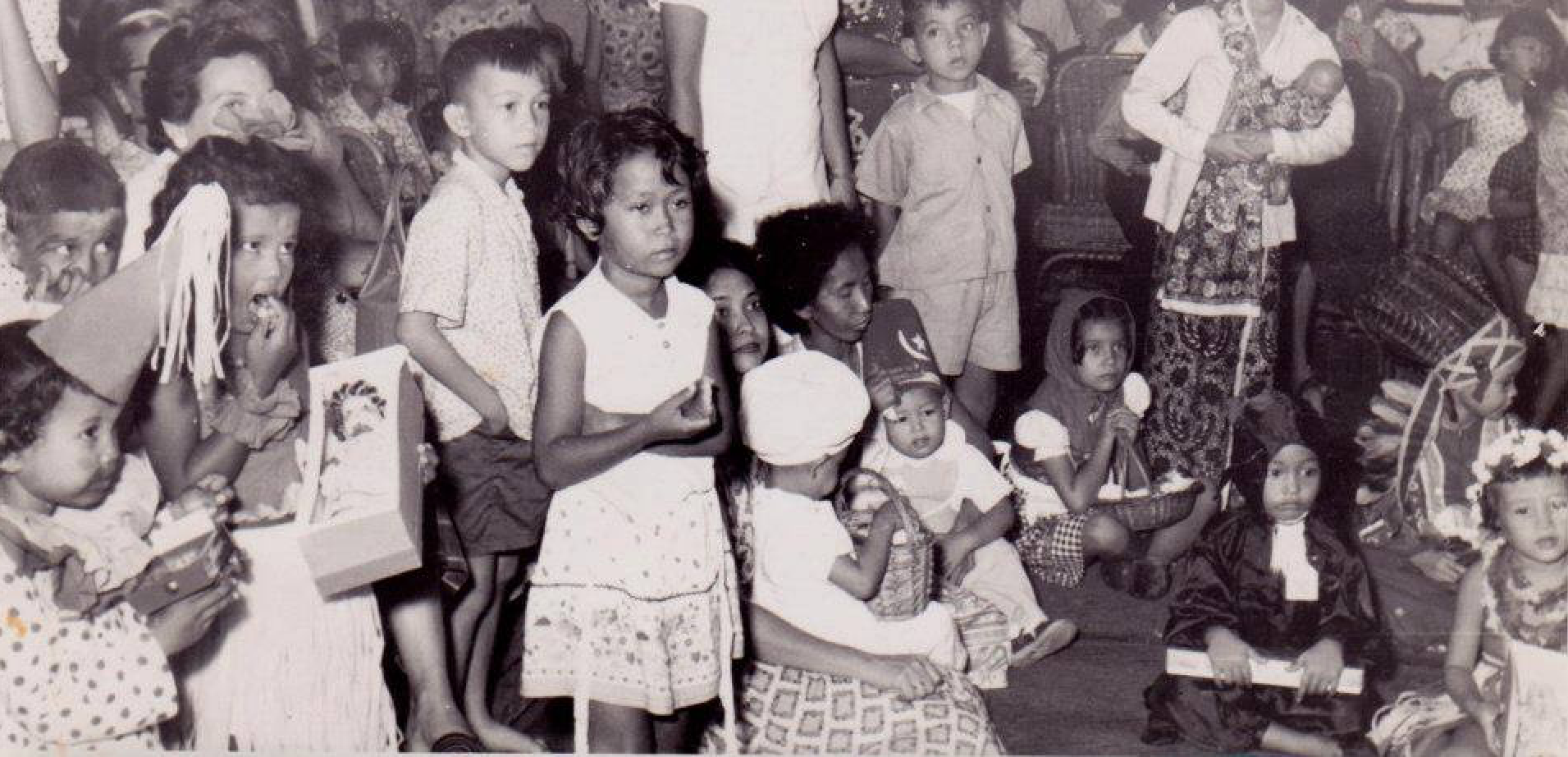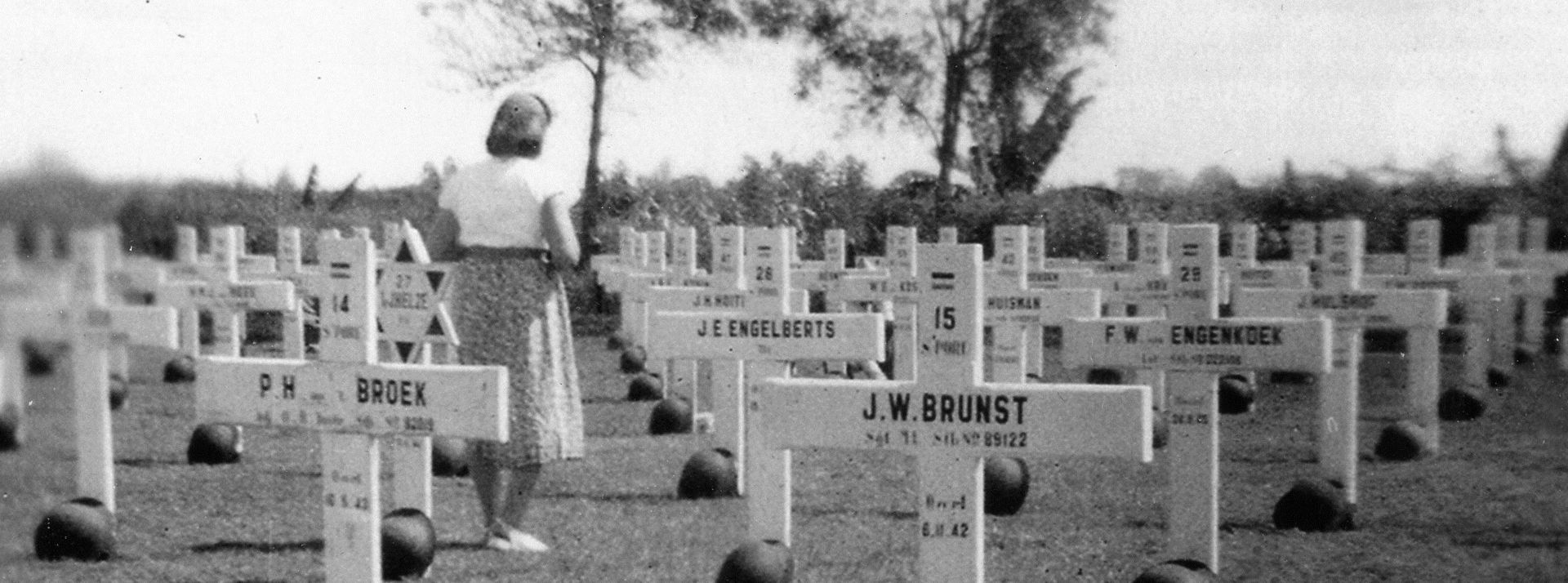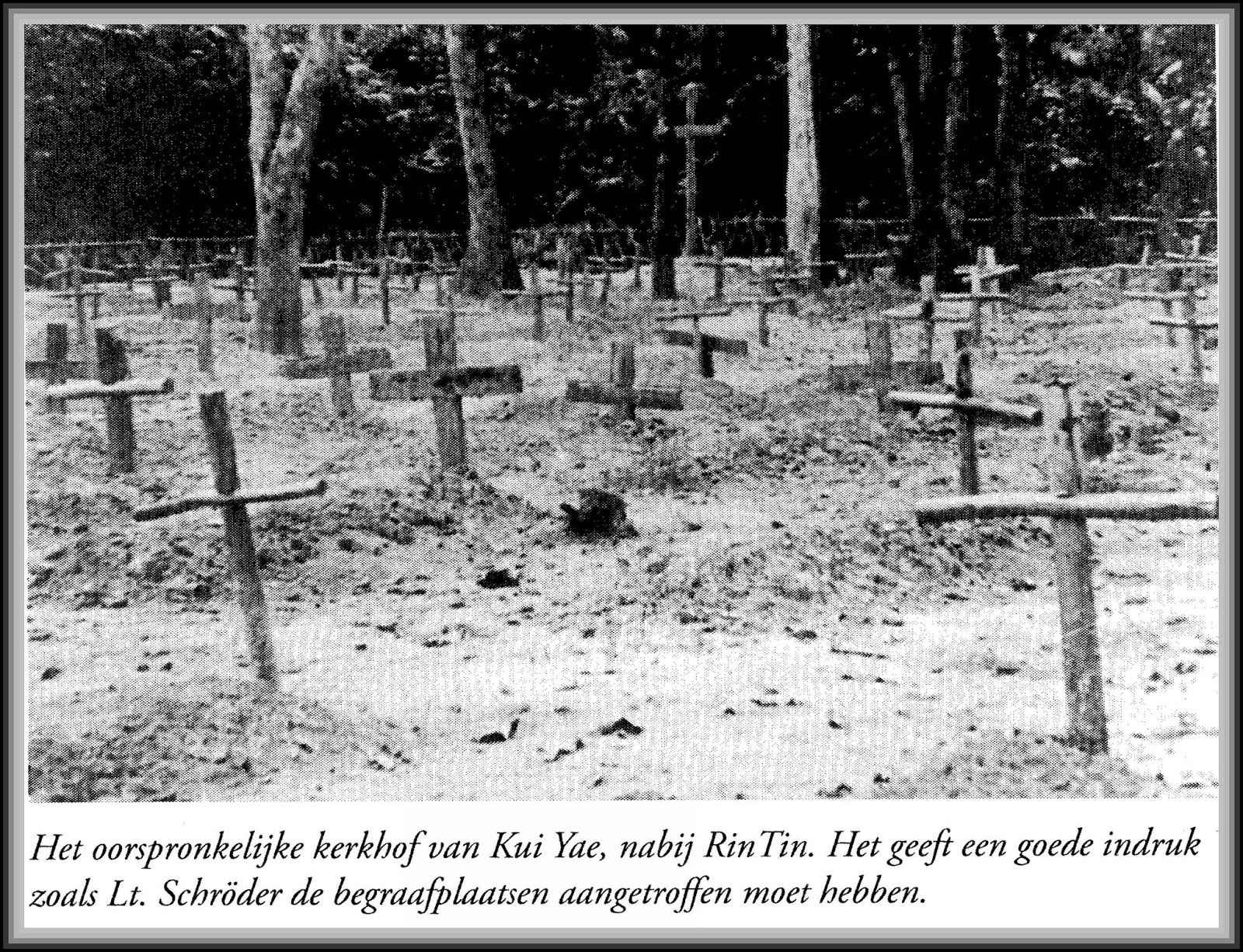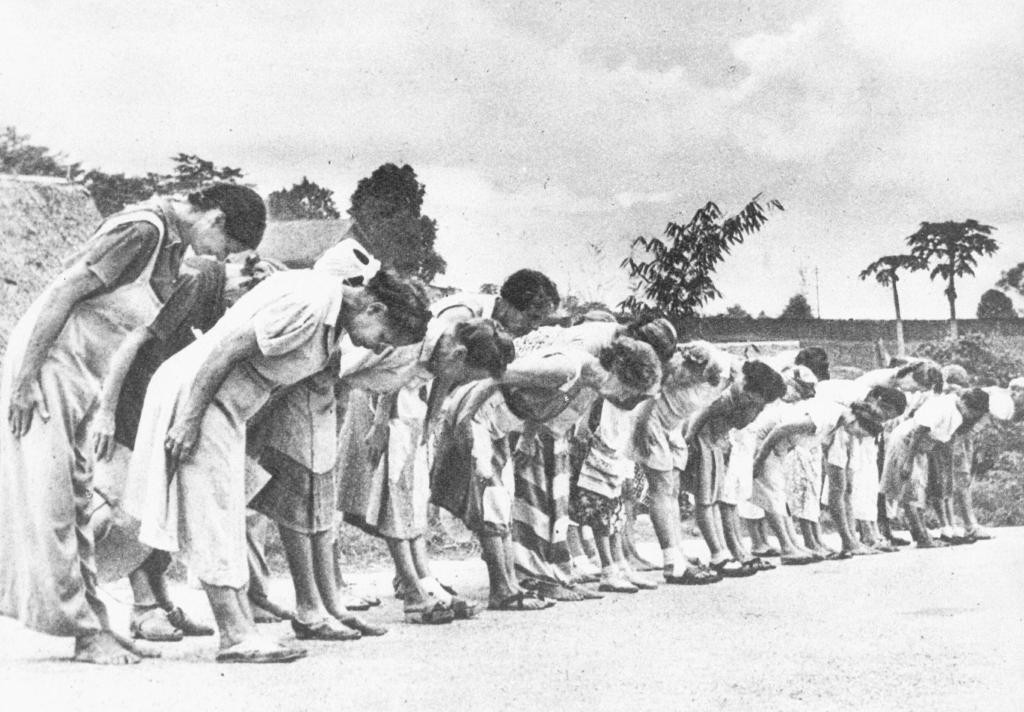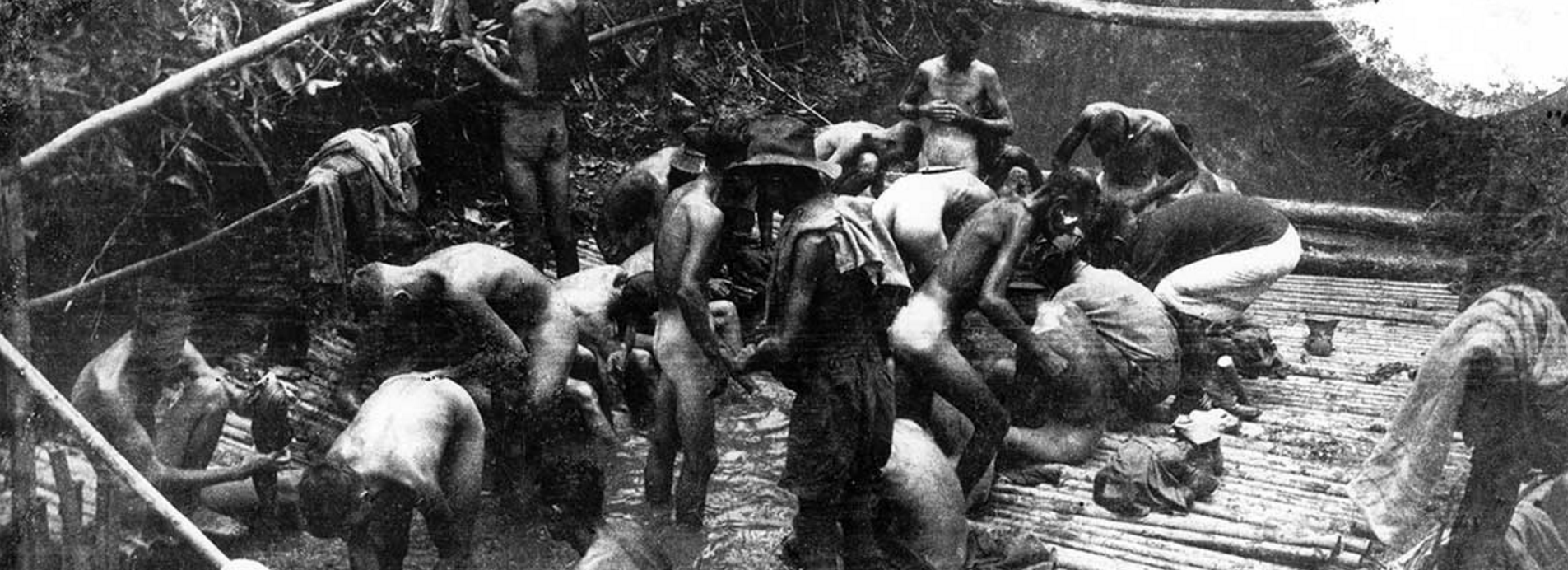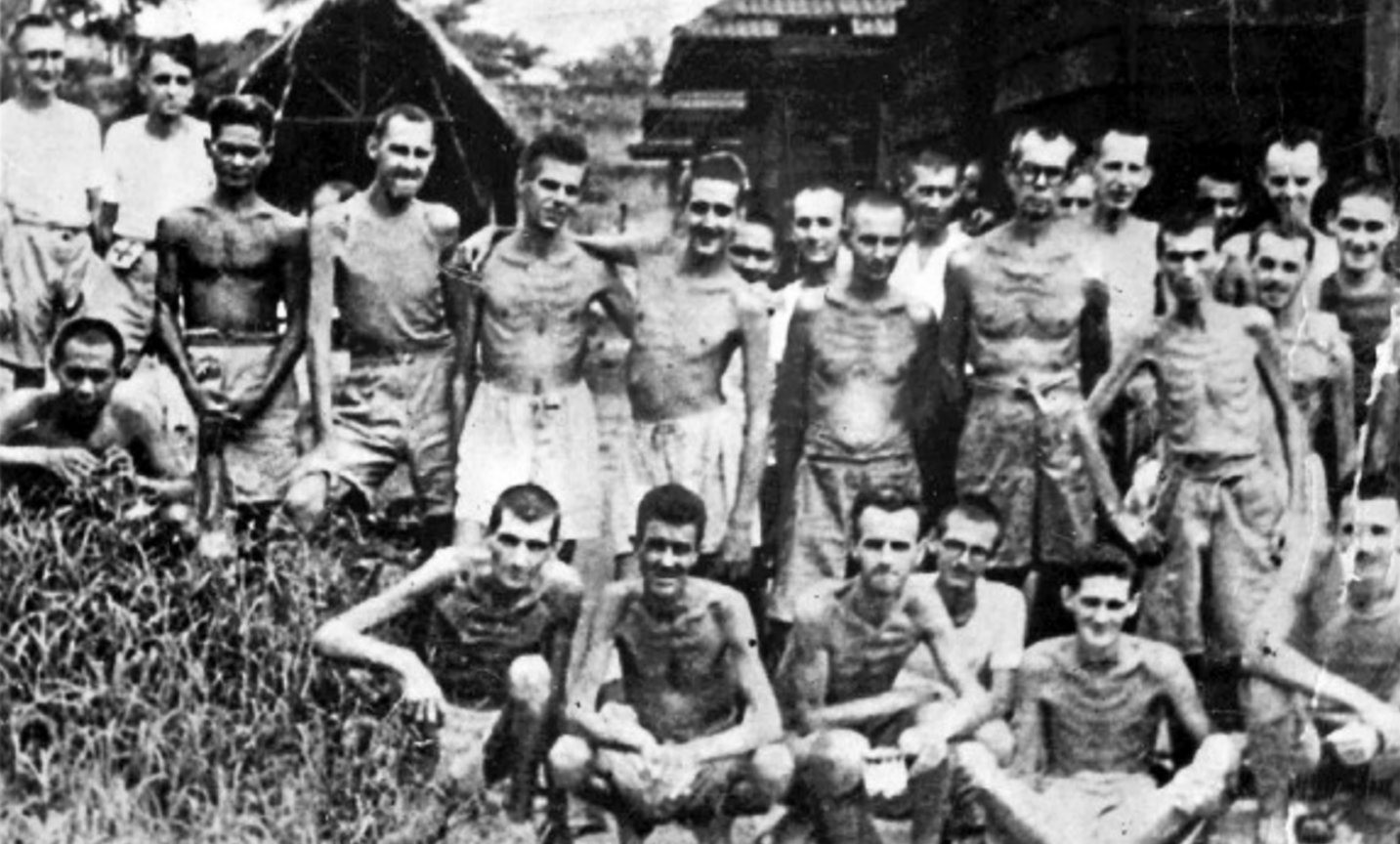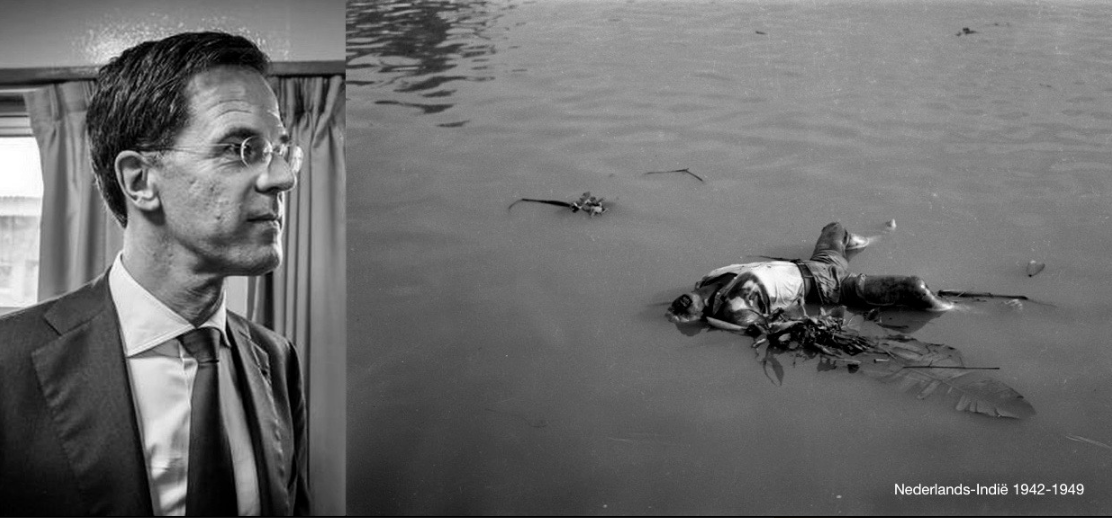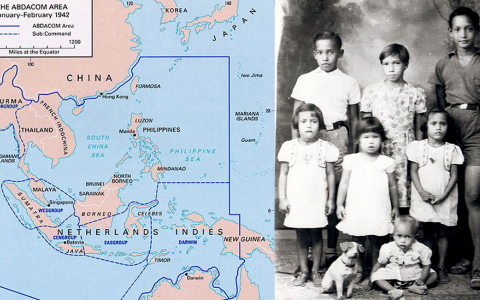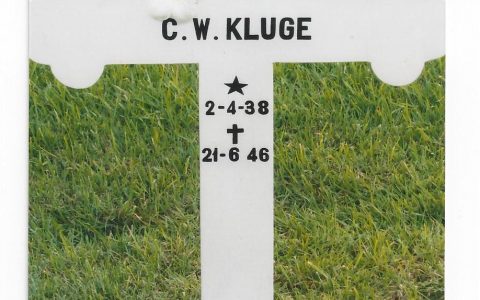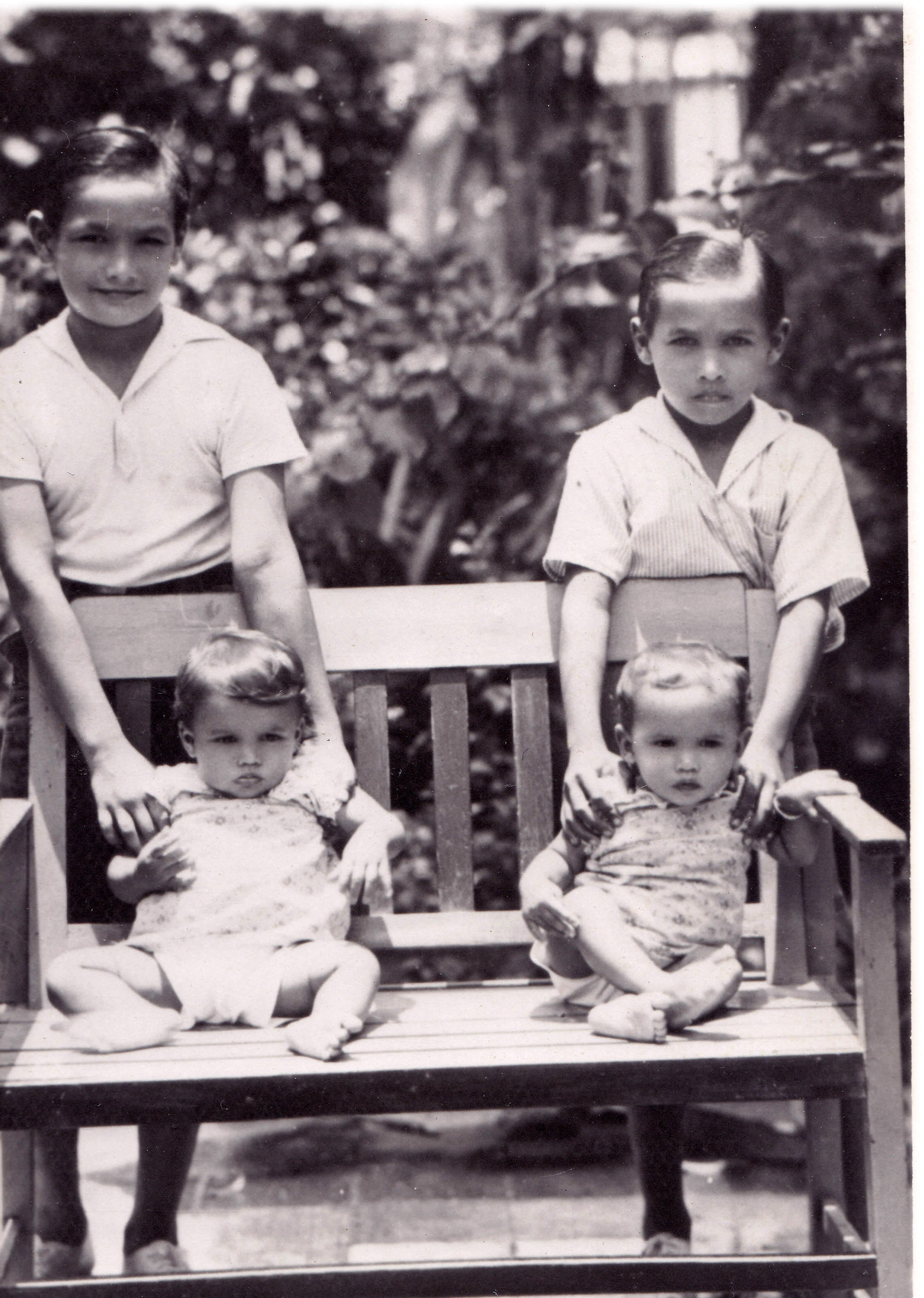June 21 has always been a difficult day for the Kluge family, a supposedly joyful day announcing the start of the Summer, that somehow was often overshadowed by a touch of sadness in our family. This grave belongs to Constance Wilhelmina Kluge. She was the identical twin of Johanna. Born on 2 April, 1938 in Jakarta, Connie was only 4 years old when WWII broke out and the Japanese invaded the former East Indies.
The Kluge family, like so many other Dutch Indonesian (Indo) families living on Java, was torn apart at the onset of WWII in 1942 when the Japanese occupied the Dutch East Indies. Soon after the war started, Friedrich, the father, was taken as a POW to Japan. He left behind his wife, Paulona, with 7 young children, ranging from a one-year-old to an eleven-year-old, to fend for themselves on the island of Java. A great number of Dutch and Indo men were taken as POWs by the Japanese. Most women and children left behind were interned in Japanese concentration camps. However, Paulona—who was Indonesian—and her children, were not allowed in a concentration camp because she could not prove she was married to a Dutch person. Though she thought her own people would help her, she quickly discovered that was not the case.
The native Indonesians felt oppressed by the Dutch and they resented Paulona for having married a Dutch man and having mixed blood children. Japanese troops confiscated all they owned, causing them to become homeless. As the war raged on, the three oldest children, Willy, Frits and Maud became detached from the family and ended up scattered across Java until the end of the war. Willy and Frits, eleven and ten years old, were put in concentration camps to fend for themselves. Maud was placed with a distant aunt. Paulona and the four remaining toddlers roamed the countryside from town to town between Batu and Malang in East Java trying to find shelter. Hunger was constant. Scavenging for food became a daily ritual, even resorting to stealing when necessary.
In August 1945, the Japanese surrendered to the Allied Forces. Friedrich, who had been held prisoner in Japan slaving in the mines, had survived the atomic bombs and was one of the tens of thousands of POWs liberated by the Allied Forces. It took Friedrich close to a year to get back to find his family after the war, all this time not knowing whether they were still alive. At the war’s end, there was no smooth transition taking place on Java. As soon as the Japanese troops capitulated, the violent and chaotic Bersiap period began. Gangs of Indonesian revolutionaries (pemudas), fighting for their country’s independence from The Netherlands, roamed the countryside and performed frenzied genocide against the Dutch and Indo populations. Women and children—whose husbands, fathers or brothers had not yet returned—became targets. Paulona continuously moved from one safe place to another on Java in an effort to stay out of the way of the “revolutionaries.”
Paulona still had the four youngest girls, Connie, Joke, Lenie & Loesje, all under 7 yrs. old to protect, feed, and shelter. Houses that had been looted and left empty for various reasons during and after the war provided temporary shelter for people like Paulona and her little girls. That is, they were shelters until the owners returned or someone else came along and evicted them. They would share houses with other displaced families, sleep in sheds and plundered houses, and, if they were lucky, at churches where overwhelmed pastors would try to help as many people as they could. It was during this time that Connie, one of the twins, fell ill with a severe condition affecting her eyes. There were not many doctors available and the one doctor they managed to find operated on her with only very basic equipment.
The doctor made Connie’s eye condition even worse by cutting into unaffected portions. Without proper medical care and antibiotics, the eyes became infected and as the infection progressed, Connie lost her sight completely. Paulona and Connie’s sisters desperately sought help…unsuccessfully. Indonesia was in the throes of a revolution. Gangs of Indonesian revolutionaries roamed the streets as Paulona and her other daughters helplessly watched Connie’s condition deteriorate. Paulona and the girls were staying in a small, old, fallen-down house with woven bamboo walls (gedek). Connie’s twin, Johanna (8) who was the oldest and Paulona, would go out during the day to look for work and food while the two youngest, Francisca (5 yrs.) and Helene (6 yrs.) would stay with Connie (8 yrs.).
As Connie’s condition worsened, her little sisters tried to lessen her pain by praying with her, singing softly to her, massaging her, and laying next to her to provide comfort as she lay dying. Her suffering ended the night of June 21, 1946. Paulona begged a Muslim cleric for a white sheet to wrap Connie’s body in. He denied her that simple favor, as she was not of the same faith. Paulona felt utterly alone except for the kindness extended by a Christian pastor and his wife, the Wakarees (sic). The pastor and Paulona wrapped Connie’s little, worn out body in a woven straw mat (tekir) and buried her in a cornfield (jagung field) while her little sisters looked on.
Constance Wilhelmina Kluge was my sister, whom I never knew. She died in 1946 during the Bersiap before I was born. Later in life, my sisters would choke up telling the story of the night she died. For them, to retell Connie’s last days seemed to be therapeutic. It was a way of letting go of emotions they had carried with them for so long. My parents, until the day they died, could not talk about Connie’s death—as if to push it away and forget the pain—both blaming themselves for something they could not have foreseen nor stopped.
In the early 1950’s, before the family left to start a new life in the Netherlands, my father searched for Connie’s grave in the cornfield in Batu and had her remains dug up and moved to the Ereveld Kembang Kuning in Surabaja to a proper grave where she now rests in the same field as my Opa, Carl Gustav Kluge. He also was a victim of the turbulent revolutionary period after WWII when pemudas, fighting for Indonesia’s independence, locked him up, starved him, and eventually killed him on the Island of Java.
Connie was barely 4 years old when WWII broke out in the former Dutch East Indies; for the remainder of her short life, she was subjected to flight, fear, hunger, and pain.
By memorializing her, I honor her strength and cherish her memory.
Priscilla Kluge McMullen
#indischekwestie

